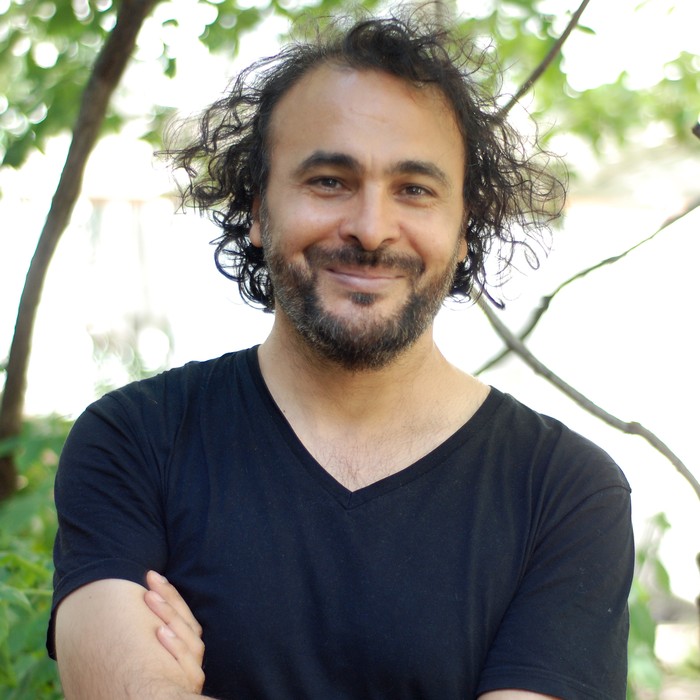
Visiting artist professor
2023 - 2024
Kader Attia
Born in 1970 in Dugny (France)
Repair
I have been working on the complexity of the concept of repair for more than a decade. One of the first singular aspects that repair has in comparison with many other forces of the existence, we have no idea about, is that it embodies itself in the multiplicity of terminologies we could use to name it. Or try to ...
Behind this single word, so many synonyms emerge: reappropriation, reconstruction, trans- formation, improvement, reenactment, trans- lation, transition, remembering, etc... and metaphorically, reparation, justice, equality, rebalancing, etc.
So because of this endless way to name it, repair is an energy that questions the ambivalence that it contains: Repair is also injury.
Repair also builds a bridge between the secular and the spiritual, when and where knowledge is not enough to think because it builds a limited frame.
So trying to escape from this frames by blurring them, I am exploring a paradox that strengthen the need to understand how repair is, conceptually and physically, a crucial fold between several things, times and spaces.
Repair has become an endless factor of questioning existence within my artistic and intellectual research, from nature to culture, from beliefs to sciences, from poetry to politics.
Repair is also visible and invisible. Invisible, because we don't pay attention to it anymore, as we got used to it (do we even notice our body preparing itself when we cut our finger?), and visible because its traces are real. "Scars have the strange power to remind us that our past is real.", says Cormack McCarty.
The expressive visibility of the injury has always been crucial in pre-modern repair to re-write a narrative of time that includes the failure, the accident, which is the past into the present (the injury meeting the repair). Both injury and repair turning together in an endless loop, merging in an eternal now, signify the new life of the repaired object.
In premodern societies, healing of the injured object always aimed to maintain the injury in the final result of the repair. There are many reasons to explain that: economical, philosophical, religious, political, and all the other that we will never know... But the most striking reason that for me highlights the significant particularity of pre modern repairs, is that they embody a reaction to colonial modern western repairs.
It is so far the difference that polarizes pre- modern forms of repair and modern ones. Because when the first one has kept the injury visible, the western modern one has dogmatized the act of repair as the disappearance of the injury. It must disappear to confirm that the act of repair has been able to bring back the injured object to its original shape (in reality to the idea of its original shape). Repair is a constant practice of each society's evolution, from the individual to its social group. It is the fluid that makes the flux between human connections possible again, when they have been stuck: repair is an oxymoron.
This obsession for the control of the injury can be read metaphorically through so many derivatives of modern society biopolitics.
As it means also a control of time and then of History... Moved by its dogmatic motor: the promise of technology, the modern repair re- orients a natural phenomenon into a political time machine, which gives the illusion that the past can be reenacted and denied.
In pre-modern repair, time was not challenged but absorbed into the repaired item, and so from an object to a human body, and from the individual to the collective, as a continuum of natural process.
This balance has been completely lost with the denial of time that modern repair celebrates massively through everything, until today, we do not only throw away a damaged object, we are constantly objectified by the capitalist rhetoric as injured by time.

